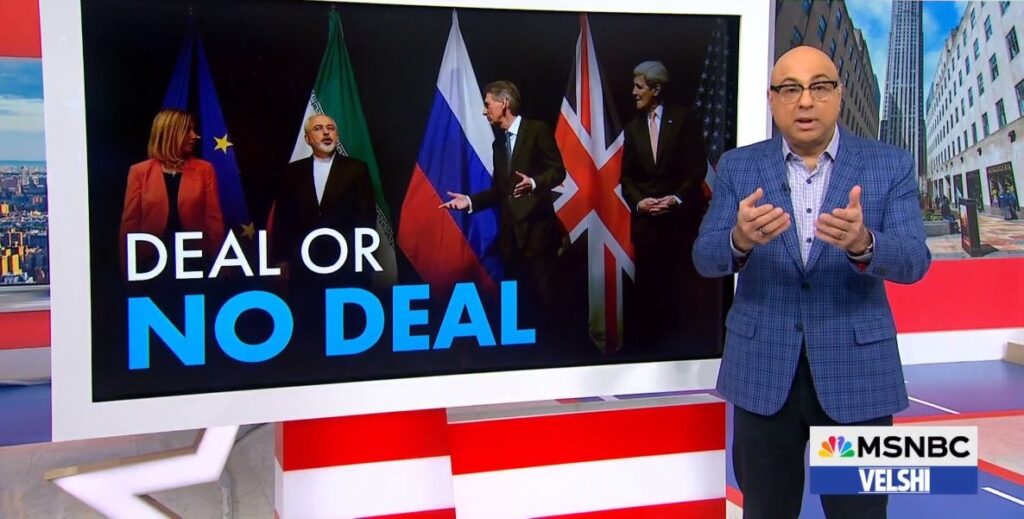The deaths of three U.S. soldiers last week in Jordan at the hands of Iranian-backed militants prompted President Joe Biden to call for airstrikes against Iranian forces and the militias they support at multiple locations in Syria and Iraq. Ali Velshi points out that this dangerous escalation of the hostilities in the Middle East since the October 7 Hamas attack on Israel was, in reality, years in the making — but also completely avoidable because of the U.S.’s 2018 withdrawal from the Iran Nuclear Deal.
The Joint Comprehensive Plan of Action (JCPOA) — colloquially known as the 2015 Iran Nuclear Deal — reduced sanctions and opened up international lines of communications and diplomacy in exchange for limitations on Iran’s nuclear program. Reestablishing a productive relationship with this major Middle East power and diminishing the threat that its nuclear ambitions presented to the region and the world was a great step forward for the U.S. and the other nations who signed on to the agreement. The deal was working: Iran had met its preliminary pledges.
However, three years later, then-President Donald Trump pulled America out of the agreement, calling it “rotten” and “one-sided.” The strength behind the Iran Nuclear Deal evaporated along with the trust between Iran and the nations who had negotiated the agreement. This not only put Iran back on the defensive but also left subsequent U.S. leaders with less leverage, should Middle East tensions ever erupt again. Iran began producing more nuclear power, and re-upped its backing of hardline militias in other countries. This is where President Biden finds himself today as he struggles with the damage that taking the U.S. out of the Iran Nuclear Deal has caused.
LISTEN: ALI VELSHI ON THE CURRENT FALLOUT FROM THE IRAN NUCLEAR DEAL
WATCH: VELSHI CONNECTS RECENT U.S. AIRSTRIKES AND TRUMP’S AMERICA FIRST ACTIONS

